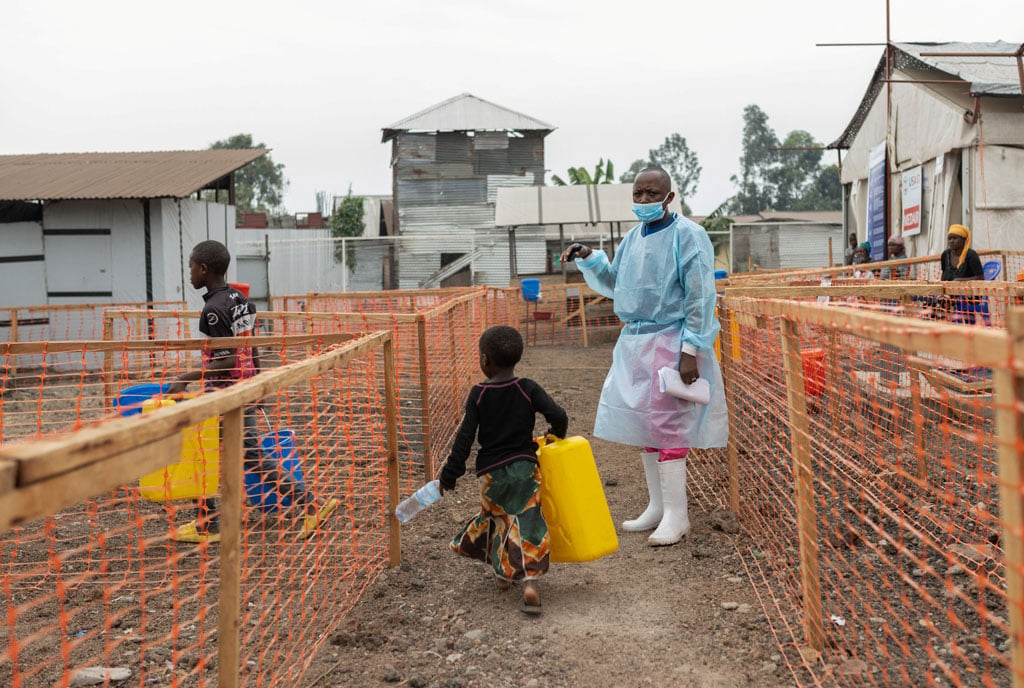Prime
New Kampala master plan will need Shs92 trillion

An aerial view of a section of Kampala City. PHOTO/KCCA
What you need to know:
- According to the master plan, at least 10 percent of the space will be reserved for commercial use, 50 percent will be mixed commercial and residential, and 5 percent will be purely residential.
Uganda will need to mobilise about $25 billion (approximately Shs92t) to implement the new Integrated Urban Development Master plan for the Greater Kampala Metropolitan Area (KGMA-IUDMP), according to a consultant.
Speaking at the pre-launch of the plan in Kampala last Friday, Ms Miharu Hosono, the manager of the urban and regional planning group at Oriental Consultants Global, emphasised the high cost due to the nature of the projects involved.
“The cost is estimated at $25b (about Shs92t) for 25 years, but it might even be more given the nature of this plan,” she said.
The 25-year Master plan (2024-2050) was designed by the Ugandan government in partnership with the Japan International Cooperation Agency (JICA) and Oriental Consultants Global Company Limited. It outlines various urban centres, industrial growth corridors, residential areas, arterial roads, expressways, public transportation including railways, and conservation of wetlands and forest reserves.
According to the master plan, at least 10 percent of the space will be reserved for commercial use, 50 percent will be mixed commercial and residential, and 5 percent will be purely residential. The objective is to prepare a physical development plan for the Greater Kampala Metropolitan Area to ensure sustainable urban growth and appropriate urban development, covering Kampala, Wakiso, Mukono, and Mpigi districts.
The plan will be implemented in phases. In the first phase, metropolitan centres will be developed in Kajansi, Mukono, and Nsangi, chosen for their connectivity to Entebbe and Mpigi expressways, the development of the Southern Expressway, and the proposed Nakasero Expressway connecting to the Northern Bypass. Phase II, from 2031 to 2035, will focus on developing Wakiso and Matuga metropolitan centres. The third phase will develop the outlet rail transport system in Mukono, Mpata, Munyonyo, Kira, and Kalagi.
The Permanent Secretary in the Ministry of Kampala Capital City and Metropolitan Affairs, Ms Monica Ejua, highlighted the importance of physical planning for economic development.
“The master plan will elevate us in terms of improved transport systems, waste management, and environmental issues. We have struggled with the community regarding the Right of Way because we had not prepared for them in the past. We want everyone to appreciate the importance of physical planning,” Ms Ejua said.
She also stressed the need for adherence to the plan, stating: “Plan approvals must follow the physical plan, not individual developer desires. Politicians need to let technical experts do their work.”
The Ambassador of Japan to Uganda, Mr Takuya Sasayama, urged everyone to ensure the plan’s implementation.
“Each one of you is a master of this master plan,” he said, responding to concerns raised by Kampala City Lord Mayor Erias Lukwago. Mr Lukwago had expressed doubts about the plan’s full implementation, citing previous plans that had been shelved due to underfunding.
He mentioned that previous efforts by consultants from South Africa and Israel produced a substantial document that has not been fully implemented.
Mr Moses Dhizaala, a technical advisor at the National Planning Authority (NPA), suggested considering water and air transport within the Greater Kampala Metropolitan Area.



